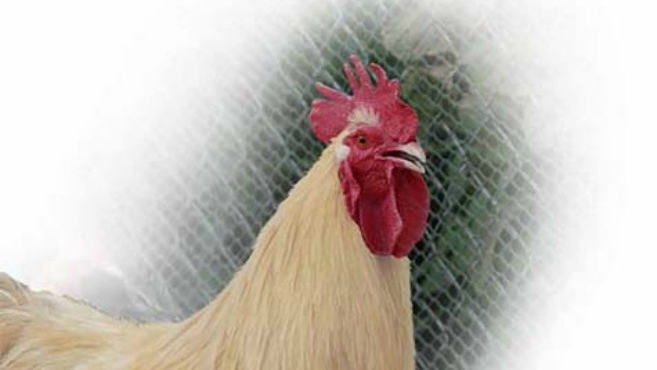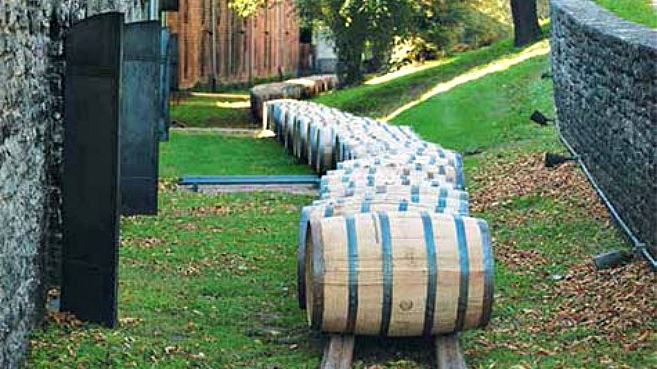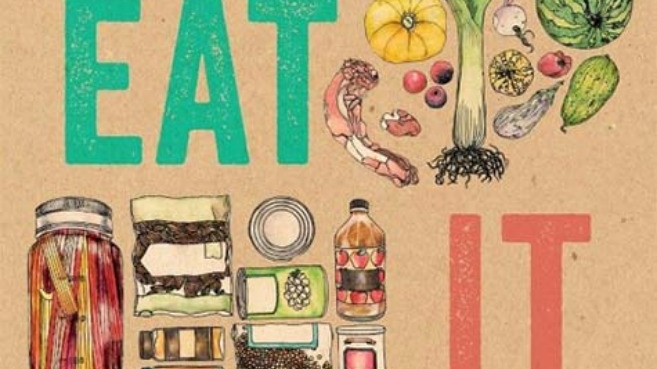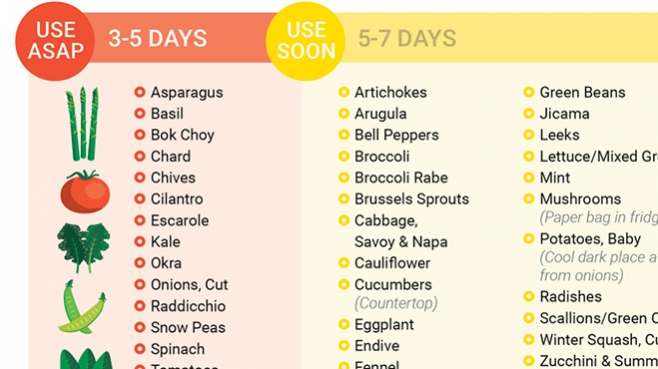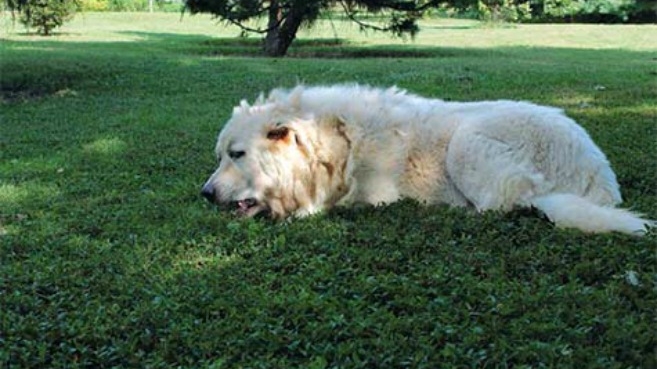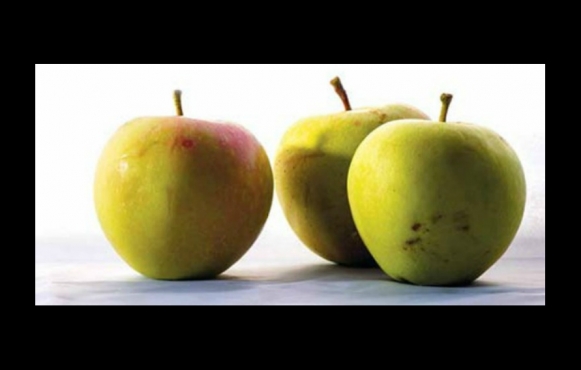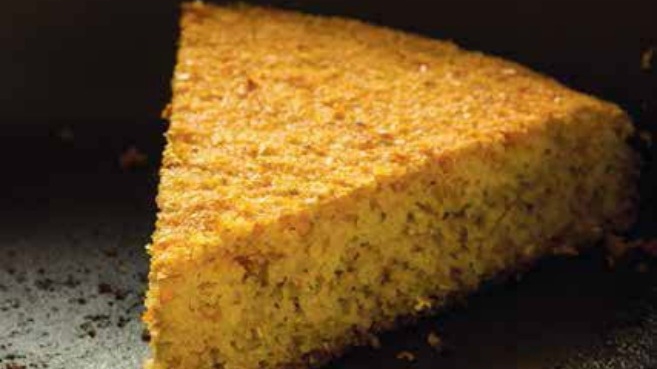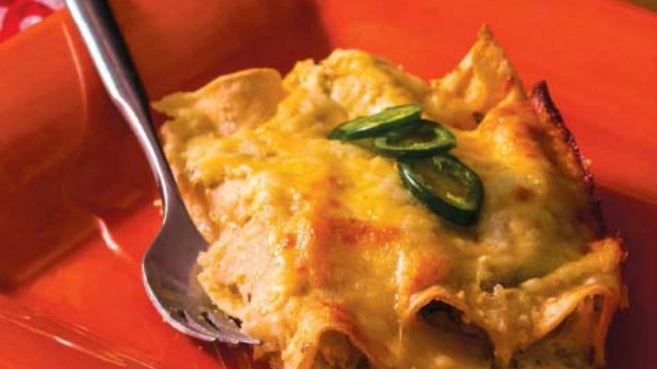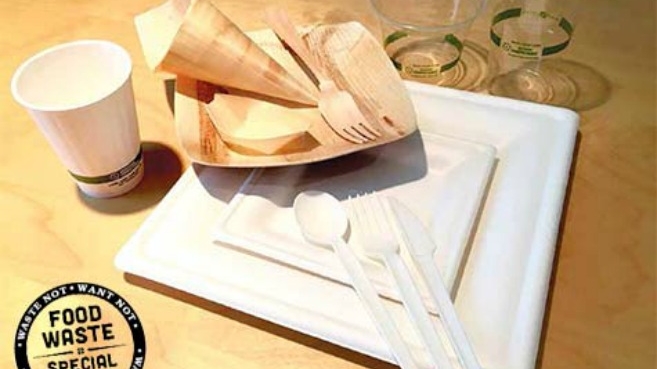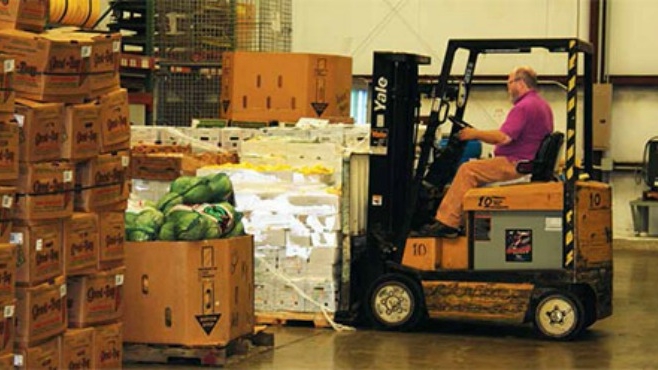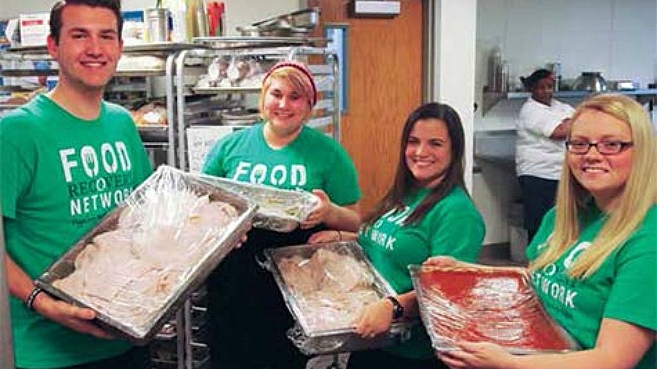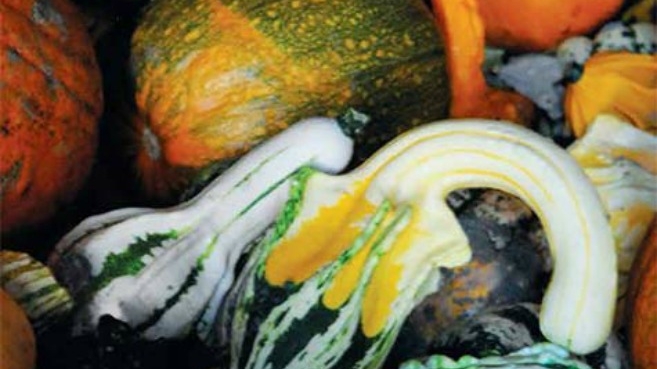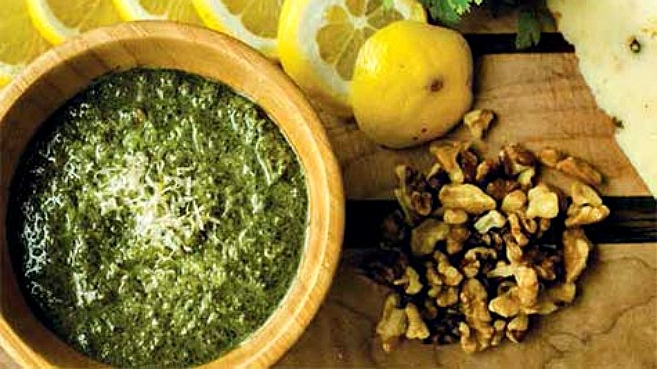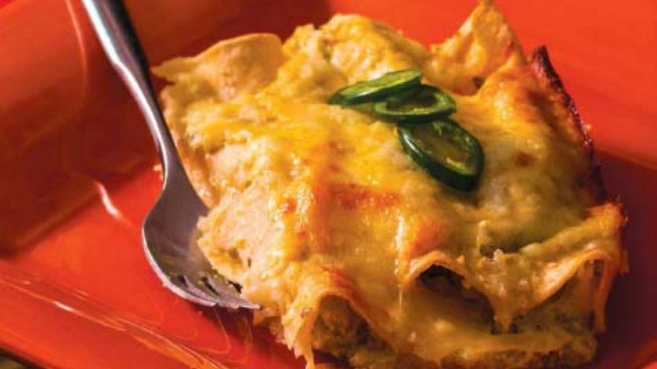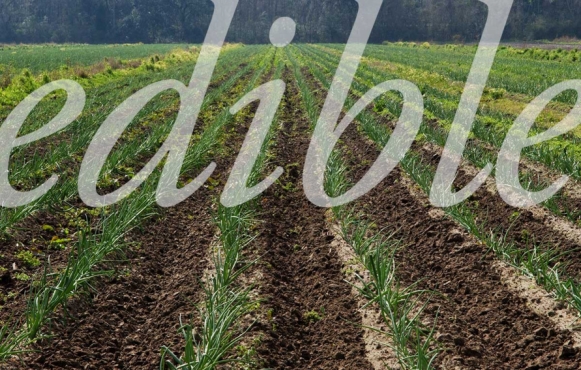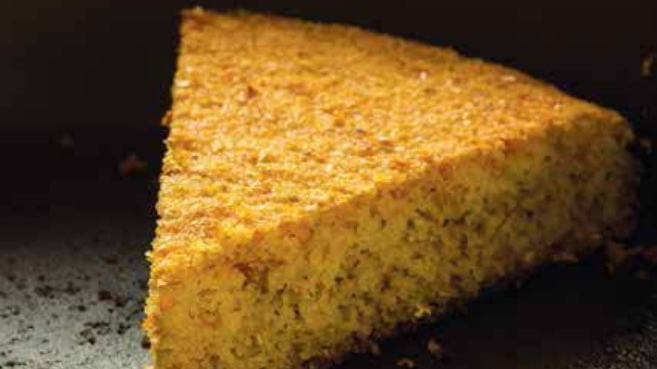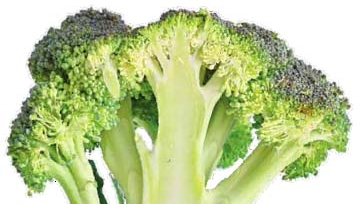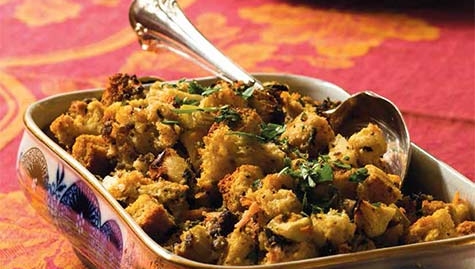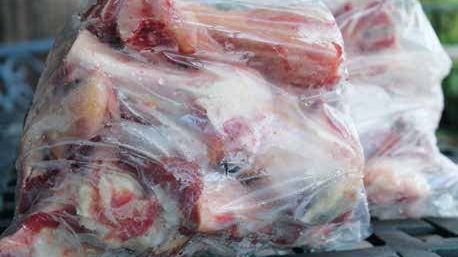In Our October/November 2016 Issue
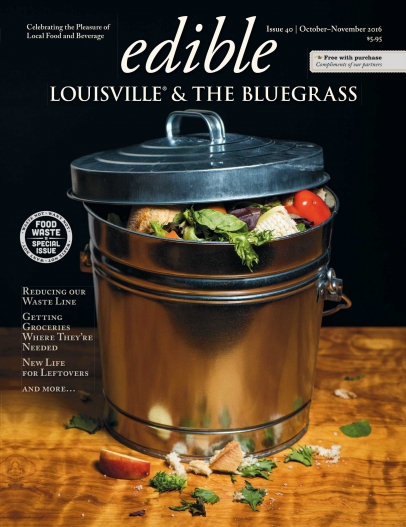
FOOD FOR THOUGHT
“ You waste life when you waste good food.” — Katherine Ann Porter
Our culture’s throw-it-away mindset is getting a serious wakeup call from the elephant that has been growing ever bigger in our kitchens: food waste.
Up to 40% of the food grown in the United States is thrown away somewhere along the food chain: farm, grocery store, restaurant, food manufacturer, or at home. According to the United States Department of Agriculture, Americans are wasting 50% more food than they did 40 years ago. This adds up to 20 pounds of food per person every month, meaning every household discards 15 to 20% of the food they purchase. Folks, that adds up to $165 billion!
Yet with all that food going uneaten, last year 42.2 million Americans lived in food-insecure households, meaning that at one time or another, 29.1 million adults and 13.1 million children were not able to get enough to eat.
The irony of throwing away billions of dollars’ worth of food while millions of people struggle to put food on their family table is tragic.
Food waste also takes a serious toll in loss of time and environmental resources. Consider this: One tomato takes about 65 days and 3.3 gallons of water to grow before it’s ready to eat. Broccoli takes 75 days. Lettuce: 45 to 90 days.
The news for Mother Earth isn’t good. By weight, wasted food makes up 21% of what’s rotting in our landfills — the single largest source of municipal waste. And the methane greenhouse gas released from food in landfills is 21 times more damaging to the atmosphere than carbon dioxide.
If we hope to feed the projected world population of 9 billion by 2050, changes need to occur throughout the current food system, including agricultural production, food processing, distribution and consumption. Reducing the amount of food that is wasted along the way is a crucial step.
The Environmental Protection Agency has created the Get Smart: Take the Challenge tool kit for households to collect and measure food waste. Used for two to six weeks, the kit helps households figure out how much food is going to waste, and provides guidance on ways to reduce that amount. Small adjustments in planning, shopping, preparation and storage can also save time and money. Find the challenge at EPA.gov/sustainable-management-food.
And be sure to let us know of your successes and challenges so we can share the knowledge (my email address is in the box below). We are all students in this local food community, and knowledge is power!
-Ann Curtis, Managing Editor


